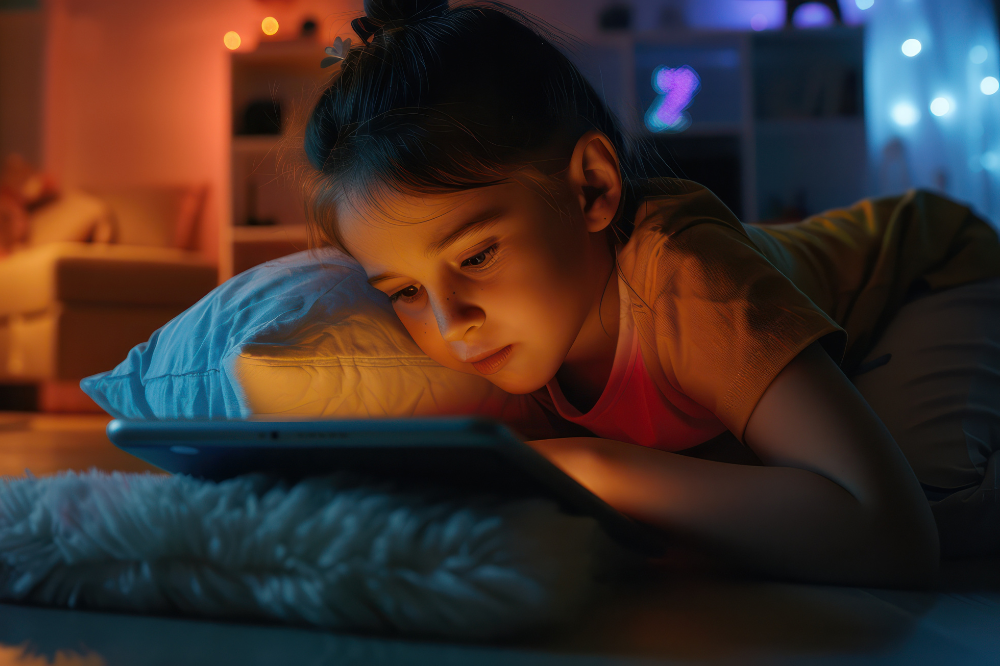
In the wake of its proposal to ban social media for children under 16, the Federal Government has been consulting with parent groups and school principal associations. If passed in the Senate, Australia will become the first country in the world to have an age ban on social media.
Prime Minister Anthony Albanese likened the legislation to the ban on mobile phones, which he said are making a positive difference.
“There are less distractions in the classroom and more playing and social interaction in the playground,” Albanese said. “But when school finishes, students get their phones back and they're back in that social media cesspit. That's why setting a minimum age limit for social media is so important.”
The Federal Government is currently trialling verification technology, with the trials set to conclude early next year. The Government has also confirmed that obligations will be placed on social media companies to enforce the new rules and take reasonable steps to make sure under 16s do not access their platforms.
However, some experts question how effective this approach will be.
One of them is Dr Alexia Maddox, Director of Digital Education and Senior Lecturer in Pedagogy and Education Futures in La Trobe University's School of Education.
Dr Maddox specialises in digital society and the intersection of technology with everyday lives. She also investigates digital frontiers and emerging technologies and their relationship to social change and policy.
She says the proposed social media ban, while well-intentioned, risks “significant unintended consequences”, particularly for vulnerable and marginalised youth.
“Research shows that social media platforms often provide crucial support networks for young people in rural and regional areas, LGBTQIA+ youth, and those with disabilities,” Dr Maddox told The Educator.
“There are also technical and privacy challenges in implementing age verification systems that would affect all users, not just young people.”
Perhaps most concerning, says Dr Maddox, is the likelihood that such restrictions would push young people toward less regulated platforms.
“On these platforms, young people may face greater risks, rather than addressing the fundamental issues of online safety.”
Alternative approaches to keep kids safe online
Rather than implementing blanket bans, evidence suggests the focus should be on making platforms safer by design and enhancing digital literacy, says Dr Maddox.
“This means requiring platforms to implement better safety features, providing transparent data for independent research, and investing in comprehensive digital education programs for both young people and parents,” she said.
Dr Maddox says the European Union's Digital Services Act provides a model for platform accountability that Australia could adapt.
“This framework mandates age-appropriate design, clear terms of service, and prohibits targeted advertising to minors,” she said.
“Platforms must provide tools that help young users understand and manage their online experience, including options to turn off personalisation features that might affect their wellbeing. Importantly we await the final report from The Joint Select Committee on Social Media and Australian Society, which should inform any legislative action once it is released.”
Dr Maddox said this evidence-based approach, combined with meaningful consultation with Australian experts and affected communities, would help develop solutions that balance protection with young people's right to digital participation in an increasingly online world.
“Important research from the Australian Research Council Centre of Excellence for the Digital Child shows how we can create safer digital environments while preserving children's rights to participate online,” she said.
“Their 'Manifesto for a Better Children's Internet' provides evidence-based principles that align with international best practice in platform design and regulation.”


